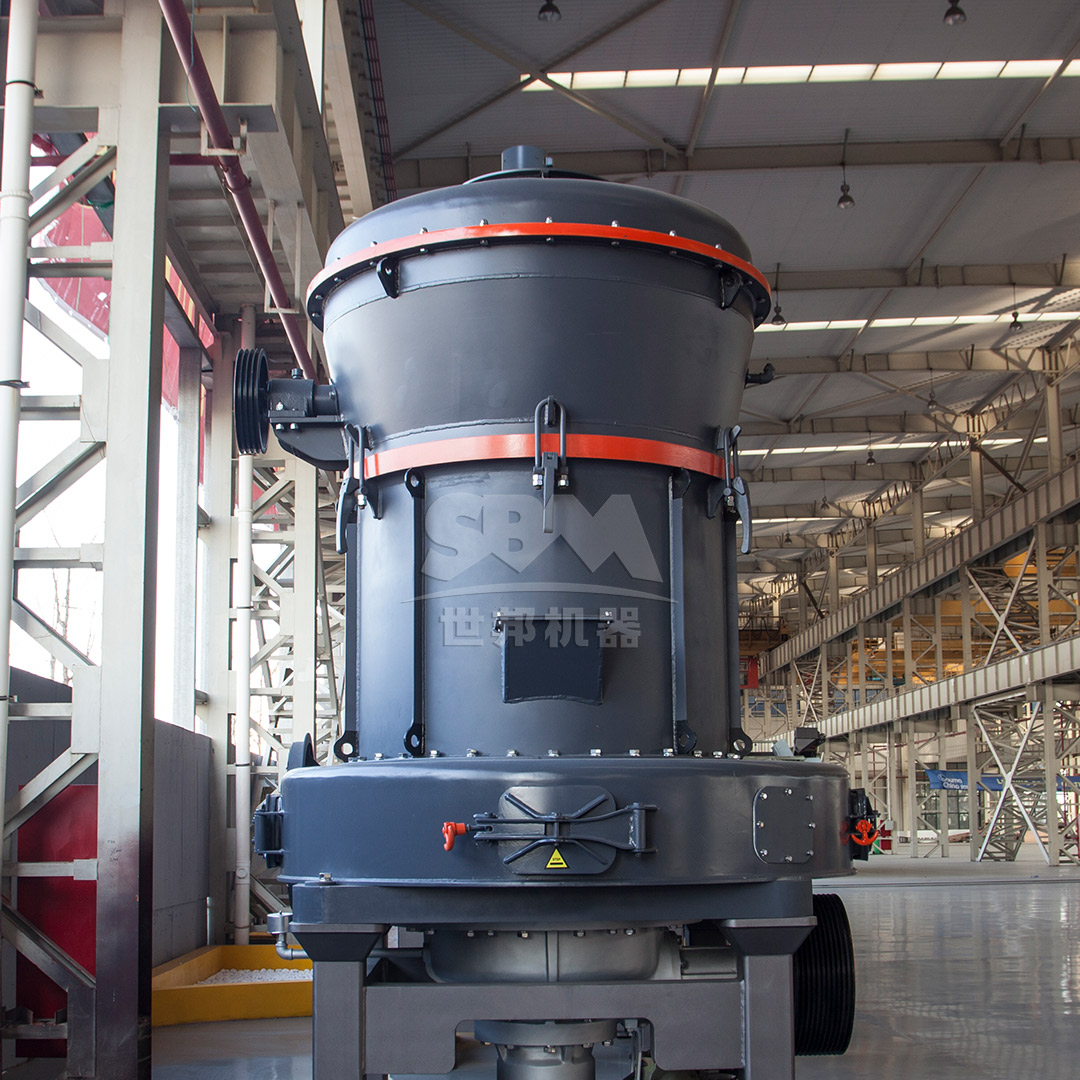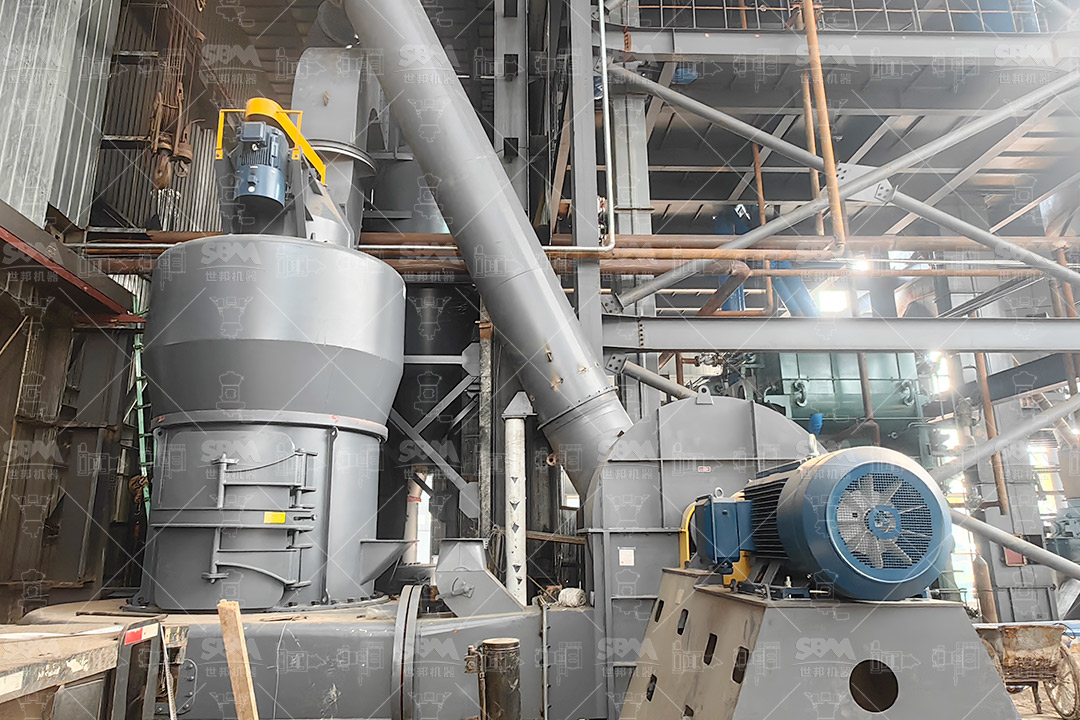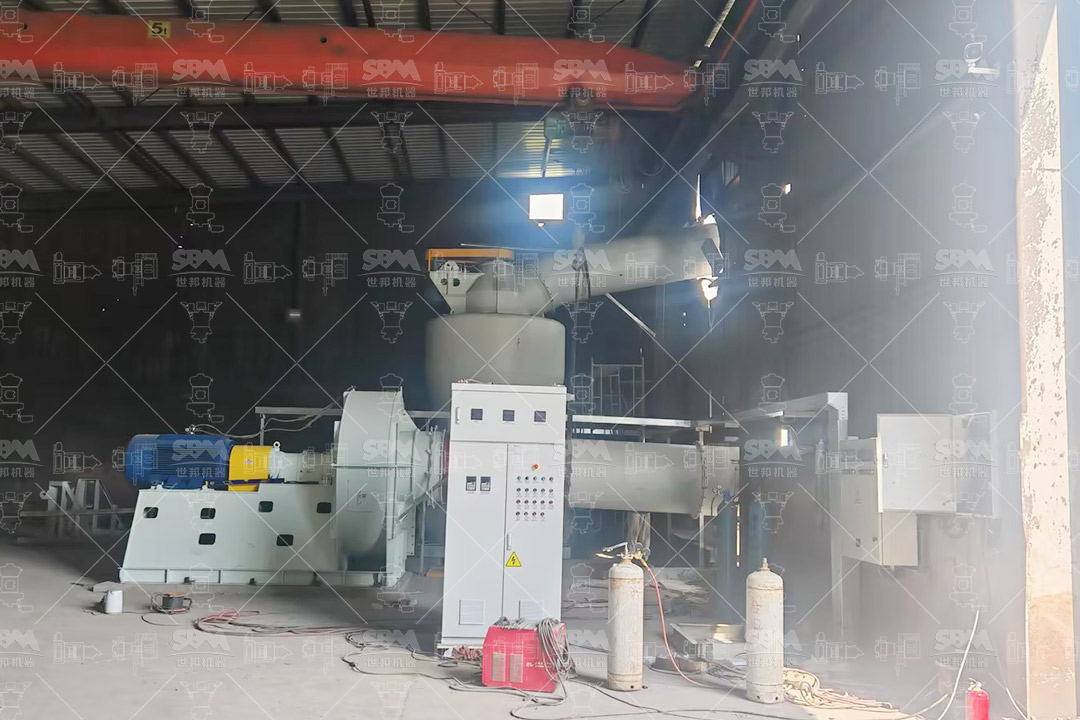November 22, 2025
Introduction
Material clogging is one of the most common and frustrating issues faced in pulverizer operations across various industries. This problem not only disrupts production continuity but also leads to increased maintenance costs, reduced equipment lifespan, and potential safety hazards. Understanding the root causes of clogging and implementing effective prevention strategies is crucial for maintaining optimal pulverizer performance and maximizing operational efficiency.
Clogging typically occurs when materials adhere to internal components, bridge across openings, or accumulate in critical pathways within the grinding system. The consequences extend beyond immediate production stoppages, potentially causing motor overload, excessive wear on components, and compromised product quality. This comprehensive guide examines the primary causes of material clogging and provides practical solutions to address and prevent these issues.

Understanding the Root Causes of Material Clogging
Material Characteristics Contributing to Clogging
Certain material properties significantly increase the likelihood of clogging in pulverizing systems. Understanding these characteristics is the first step toward effective prevention:
- Moisture Content: Materials with high moisture content (typically above 5-8%) tend to agglomerate and stick to grinding surfaces. The presence of water creates surface tension between particles and equipment surfaces, facilitating adhesion. Hygroscopic materials are particularly problematic as they absorb moisture from the atmosphere, gradually increasing stickiness during processing.
- Fat/Oil Content: Organic materials containing natural oils or fats, such as oilseeds, certain minerals, and food products, create a lubricating film that promotes material adhesion to metal surfaces. This is especially problematic in fine grinding applications where increased surface area exacerbates the sticking tendency.
- Plasticity and Ductility: Materials with high plasticity, including certain clays, polymers, and metals, deform rather than fracture under pressure. Instead of breaking into smaller particles, they may form compacted masses that obstruct material flow through the pulverizer.
- Particle Size Distribution
- Chemical Composition: Some materials undergo chemical changes during grinding, such as temperature-induced phase transitions or oxidation, which can alter their flow properties and increase adhesion tendencies.
Equipment-Related Factors
Beyond material characteristics, several equipment design and operational factors contribute to clogging issues:
- Inadequate Ventilation: Proper airflow is essential for removing ground material from the grinding zone. Insufficient ventilation allows fine particles to accumulate, creating dense clouds that eventually settle and compact in critical areas.
- Improper Feed Rate: Overfeeding the pulverizer overwhelms the grinding and material transport systems, leading to accumulation points. Conversely, underfeeding can cause irregular material flow patterns that promote bridging.
- Worn or Damaged Components: Worn grinding elements, damaged classifier blades, or deteriorated liners create irregular surfaces and flow paths where material can accumulate. Even minor surface imperfections can serve as nucleation points for material buildup.
- Temperature Management: Excessive heat generation during grinding can soften certain materials or cause melting of heat-sensitive components, creating sticky surfaces that capture passing particles.
- Design Limitations: Some pulverizers have inherent design features that create material flow restrictions, dead zones, or areas of turbulent flow where material tends to accumulate over time.
Preventive Measures and Solutions
Material Preparation and Pre-treatment
Proper material preparation is often the most effective approach to preventing clogging issues:
- Moisture Control: Implement pre-drying systems for high-moisture materials to reduce moisture content to optimal levels (typically 3-5% for most applications). Fluidized bed dryers, rotary dryers, or simple air preheaters can significantly reduce sticking tendencies.
- Feed Size Optimization: Ensure proper pre-crushing to achieve a consistent feed size distribution. Removing excessive fines before the pulverizer through screening can prevent many clogging issues. The ideal maximum feed size is typically 5-20mm depending on the pulverizer type.
- Additive Incorporation: For particularly problematic materials, consider incorporating flow aids or anti-caking agents. Small quantities (0.1-1.0%) of materials like tricalcium phosphate, silicon dioxide, or specialty flow agents can dramatically improve material flow characteristics without significantly affecting product quality.
- Temperature Management: For heat-sensitive materials, implement cooling systems or operate at reduced throughput to control grinding temperatures. Cryogenic grinding using liquid nitrogen may be appropriate for extremely heat-sensitive or sticky materials.
Equipment Modifications and Optimizations
Several equipment modifications can significantly reduce clogging frequency and severity:
- Improved Internal Surfaces: Apply specialized coatings or liners with low surface energy and exceptional wear resistance. Materials like ultra-high-molecular-weight polyethylene (UHMW-PE), polished stainless steel, or non-stick coatings can dramatically reduce material adhesion.
- Enhanced Ventilation Systems: Upgrade airflow systems to ensure adequate transport velocity throughout the grinding circuit. Properly sized fans, optimized ductwork, and strategic placement of air inlets can prevent material settling and accumulation.
- Vibration Systems: Install pneumatic or electromagnetic vibrators on hoppers, chutes, and other potential accumulation points. Properly tuned vibration breaks bridging and promotes consistent material flow without compacting the material further.
- Mechanical Agitators: For particularly problematic applications, incorporate mechanical agitators or live-bottom systems in feed hoppers to ensure consistent material delivery to the grinding zone.
- Monitoring Systems: Implement real-time monitoring of motor amperage, bearing temperatures, and differential pressure across the grinding chamber. These parameters provide early warning of developing clogging issues before they cause complete system shutdown.

Advanced Pulverizer Technologies for Clogging Prevention
SCM Ultrafine Mill: Superior Design for Problematic Materials
For operations consistently facing material clogging challenges, upgrading to advanced pulverizer technology may provide the most effective long-term solution. Our SCM Series Ultrafine Mill incorporates multiple design features specifically engineered to minimize clogging while delivering exceptional grinding performance.
The SCM Ultrafine Mill handles materials with input sizes up to ≤20mm and produces remarkably fine outputs ranging from 325-2500 mesh (D97≤5μm), with processing capacities from 0.5-25 tons per hour depending on the specific model. Several key technological advantages make this system particularly resistant to clogging issues:
- Efficient Energy Utilization: With capacity twice that of jet mills and energy consumption reduced by 30%, the SCM series generates less heat during operation, minimizing temperature-related sticking issues. The intelligent control system with automatic feedback on product fineness maintains optimal operating parameters to prevent conditions that lead to clogging.
- High-Precision Classification: The vertical turbine classifier provides precise particle size cuts without coarse powder contamination. This precision classification prevents the recirculation of improperly sized material that can contribute to system clogging.
- Durable Design Elements: Special material roller wheels and grinding rings extend service life multiple times over conventional systems. The bearingless screw grinding chamber design ensures stable operation without the contamination risks associated with traditional bearing systems.
- Environmental and Operational Benefits: With pulse dust collection efficiency exceeding international standards and soundproofing that maintains noise levels below 75dB, the system operates cleanly and reliably with minimal maintenance interventions.
The working principle of the SCM Ultrafine Mill further contributes to its clog-resistant operation. The main motor drives three layers of grinding rings in rotation, with material dispersed into the grinding path by centrifugal force. After roller pressing and crushing, materials undergo progressive layered grinding, with the final powder collection handled efficiently by the cyclone collector and pulse dust removal system. This progressive grinding approach prevents the sudden material overloads that commonly cause conventional pulverizers to clog.
| Model |
Processing Capacity (ton/h) |
Main Motor Power (kW) |
Feed Size (mm) |
Product Fineness (mesh) |
| SCM800 |
0.5-4.5 |
75 |
0-20 |
325-2500 |
| SCM900 |
0.8-6.5 |
90 |
0-20 |
325-2500 |
| SCM1000 |
1.0-8.5 |
132 |
0-20 |
325-2500 |
| SCM1250 |
2.5-14 |
185 |
0-20 |
325-2500 |
| SCM1680 |
5.0-25 |
315 |
0-20 |
325-2500 |
MTW Series Trapezium Mill: Robust Performance for Challenging Applications
For operations requiring high capacity processing of moderately abrasive materials, the MTW Series Trapezium Mill offers exceptional clogging resistance through its advanced engineering. With input sizes up to ≤50mm and output fineness adjustable from 30-325 mesh (down to 0.038mm), this system handles processing capacities from 3-45 tons per hour across different models.
The MTW Series incorporates several proprietary technologies that specifically address common clogging causes:
- Anti-Wear Shovel Blade Design: The combined shovel blade configuration significantly reduces maintenance costs while the curved surface design extends roller service life. This optimized material handling prevents the uneven feed distribution that often leads to localized clogging.
- Optimized Arc Air Channel: The specially designed curved air channel reduces airflow energy loss while improving transmission efficiency. The high-strength guard plate protects the air channel working surface, maintaining consistent performance throughout the equipment lifespan.
- Integrated Bevel Gear Transmission: With transmission efficiency reaching 98%, this space-saving design reduces installation costs while providing the consistent power delivery necessary for stable operation under variable load conditions.
- Wear-Resistant Volute Structure: The obstruction-free design enhances air classification efficiency while reducing maintenance costs by 30%. This optimized airflow management prevents the particle settling that commonly leads to system clogging.
The operational principle of the MTW Series further enhances its clog-resistant characteristics. The main motor drives the grinding roller to revolve around the central axis while simultaneously rotating to generate centrifugal force. The shovel blade throws materials between the grinding ring and roller to form a material layer, achieving efficient crushing through extrusion. The classification system precisely controls product particle size, preventing the recirculation of improperly sized material that contributes to system congestion.

Operational Best Practices for Clogging Prevention
Routine Maintenance Protocols
Implementing consistent maintenance practices is essential for preventing clogging issues:
- Scheduled Inspection Regimen: Establish a comprehensive inspection schedule that includes daily visual checks, weekly measurements of critical wear components, and monthly comprehensive evaluations of the entire grinding system. Document inspection findings to identify developing trends before they cause operational issues.
- Preventive Component Replacement: Rather than waiting for components to fail, establish replacement intervals based on historical performance data. This approach prevents the unexpected failures that often lead to severe clogging incidents.
- Lubrication Management: Implement a rigorous lubrication schedule using manufacturer-recommended lubricants. Proper lubrication reduces friction and heat generation, both of which contribute to material sticking and subsequent clogging.
- Cleaning Procedures: Develop and implement thorough cleaning protocols for periods of extended shutdown or product changeover. Residual material left in the system can harden or react with new material, creating nucleation points for future clogging incidents.
Operational Monitoring and Adjustment
Proactive operational monitoring can identify developing clogging conditions before they cause system failure:
- Performance Baseline Establishment: Document normal operating parameters including motor amperage, bearing temperatures, system pressures, and product output rates under optimal conditions. Deviations from these baselines often indicate developing issues.
- Real-Time Parameter Tracking: Implement continuous monitoring of critical parameters with automated alerts when values exceed predetermined thresholds. Early warning systems allow operators to make adjustments before minor issues escalate into major clogging events.
- Material Characterization: Test incoming materials for moisture content, particle size distribution, and flow characteristics before processing. This information allows for proactive adjustment of operating parameters to accommodate material variations.
- Operator Training: Ensure operators understand the relationship between equipment settings, material characteristics, and clogging potential. Well-trained operators can recognize early warning signs and implement corrective actions before significant issues develop.
Troubleshooting Existing Clogging Issues
Immediate Response Protocols
When clogging occurs, a systematic response minimizes downtime and prevents equipment damage:
- Immediate System Shutdown: At the first indication of significant clogging, immediately stop material feed and begin an orderly system shutdown. Continuing operation against a developing clog typically worsens the situation and may cause equipment damage.
- Reverse Rotation Activation: If equipped with reversible drive systems, engage reverse rotation in brief intervals to dislodge compacted material. This approach is particularly effective for clearing jams in the grinding zone.
- Controlled Vibration Application: Use installed vibration systems or carefully applied external vibrators to break bridges and dislodge compacted material. Avoid excessive vibration that could damage sensitive components or worsen the compaction.
- Manual Clearing Procedures: When automated methods fail, implement safe manual clearing protocols. Always follow lockout-tagout procedures and use appropriate tools designed specifically for material clearing operations.
Root Cause Analysis
After resolving an immediate clogging incident, conduct a thorough investigation to prevent recurrence:
- Material Analysis: Sample and test the material that caused the clogging to identify unusual characteristics that may have contributed to the incident.
- Equipment Assessment: Inspect all system components for wear, damage, or misalignment that may have created conditions favorable to clogging.
- Process Review: Analyze operational parameters leading up to the clogging incident to identify any deviations from standard procedures.
- Documentation and Procedure Updates: Incorporate findings from the investigation into operating procedures and training materials to prevent similar incidents in the future.
Conclusion
Material clogging in pulverizers represents a complex challenge with multiple contributing factors, but through systematic analysis and implementation of appropriate solutions, these issues can be effectively managed and prevented. The key to success lies in understanding material characteristics, maintaining equipment properly, implementing appropriate operational practices, and selecting pulverizer technology designed to handle specific material challenges.
For operations facing persistent clogging issues, technological solutions like the SCM Ultrafine Mill and MTW Series Trapezium Mill offer engineered approaches to material processing that significantly reduce clogging frequency and severity. These systems incorporate advanced design features that address the root causes of clogging while delivering superior grinding performance and operational efficiency.
By adopting a comprehensive approach that combines proper material preparation, equipment maintenance, operational best practices, and appropriate technology selection, pulverizer operators can achieve reliable, clog-free operation that maximizes productivity while minimizing downtime and maintenance costs.


